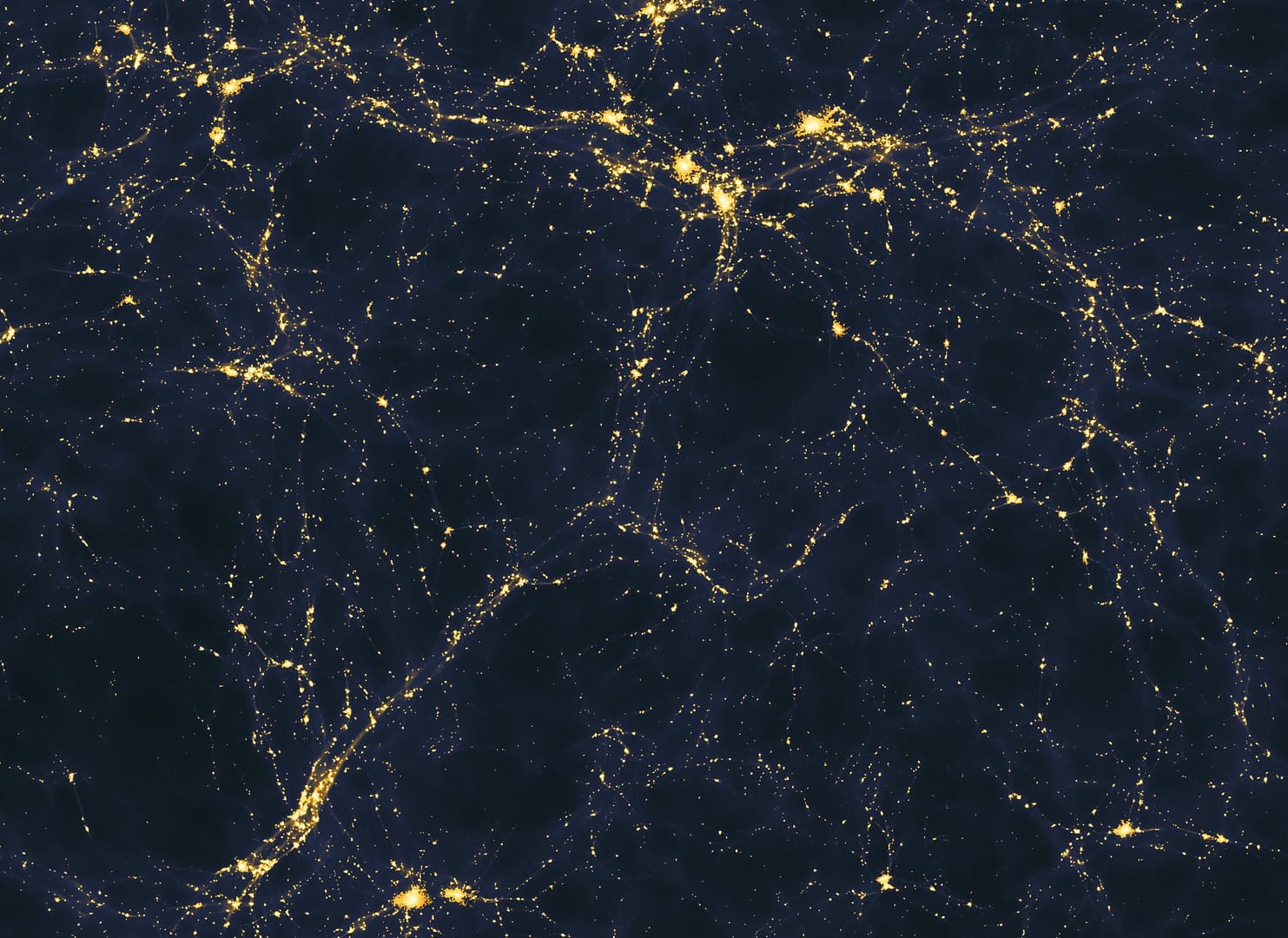Recent astronomical research has revealed Quipu, the largest known structure in the universe. Named after an Incan recording system, Quipu contains an astonishing mass of 200 quadrillion solar masses. Its immense size stretches over 400 megaparsecs, equivalent to more than 1.3 billion light-years. About Quipu is essential for comprehending cosmic evolution and refining cosmological models.
What Are Superstructures?
Discovery Methodology
Importance of Quipu
Quipu’s discovery is crucial for understanding galaxy evolution. Studying its properties aids in refining cosmological parameters. The superstructure’s gravitational effects modify the Cosmic Microwave Background (CMB) and influence measurements of the Hubble constant. These alterations complicate our understanding of cosmic expansion and the universe’s early conditions.
Gravitational Lensing and Its Effects
Superstructures like Quipu can distort sky images through large-scale gravitational lensing. This phenomenon introduces errors in measurements, complicating the interpretation of astronomical data. About these distortions is vital for accurate cosmological observations.
Theoretical Implications
Simulations based on the Lambda Cold Dark Matter (Lambda CDM) model produce superstructures similar to Quipu. This alignment supports the model’s validity in explaining the universe’s large-scale structure. Continued exploration of superstructures is necessary to deepen our understanding of the cosmos.

Leave a Reply